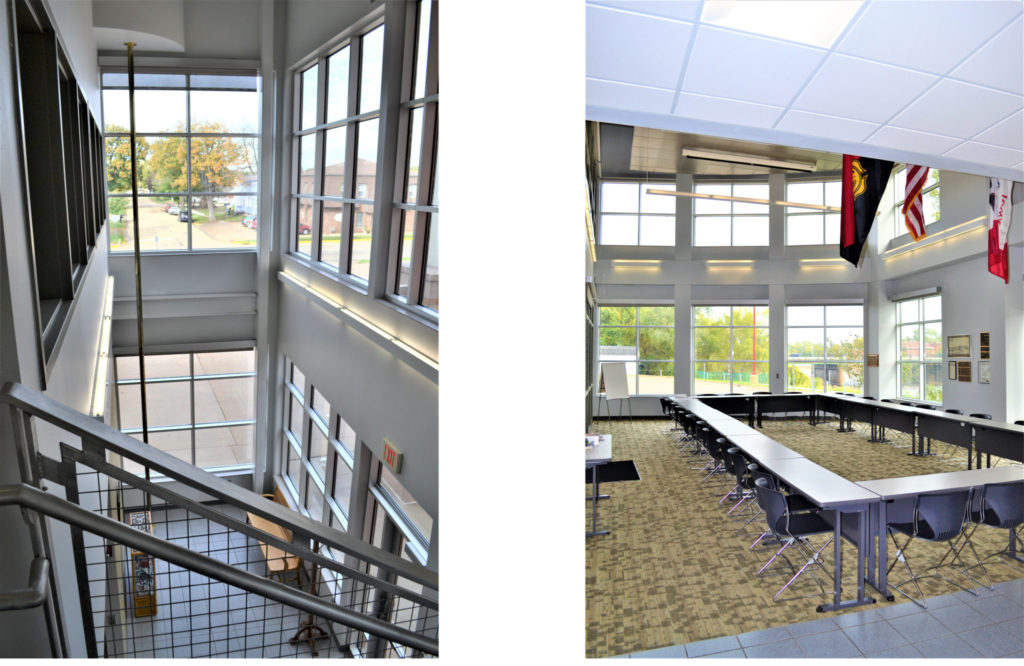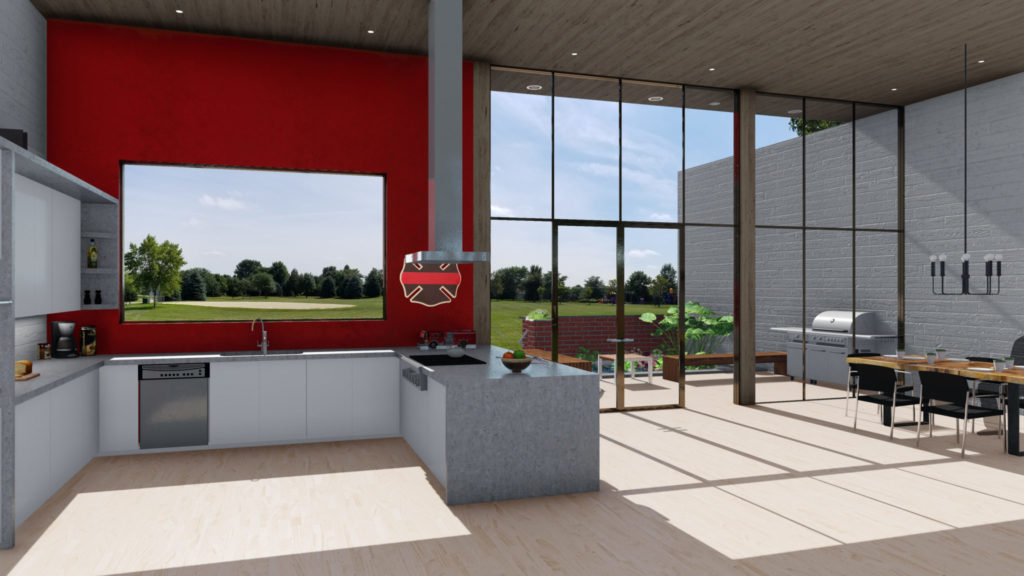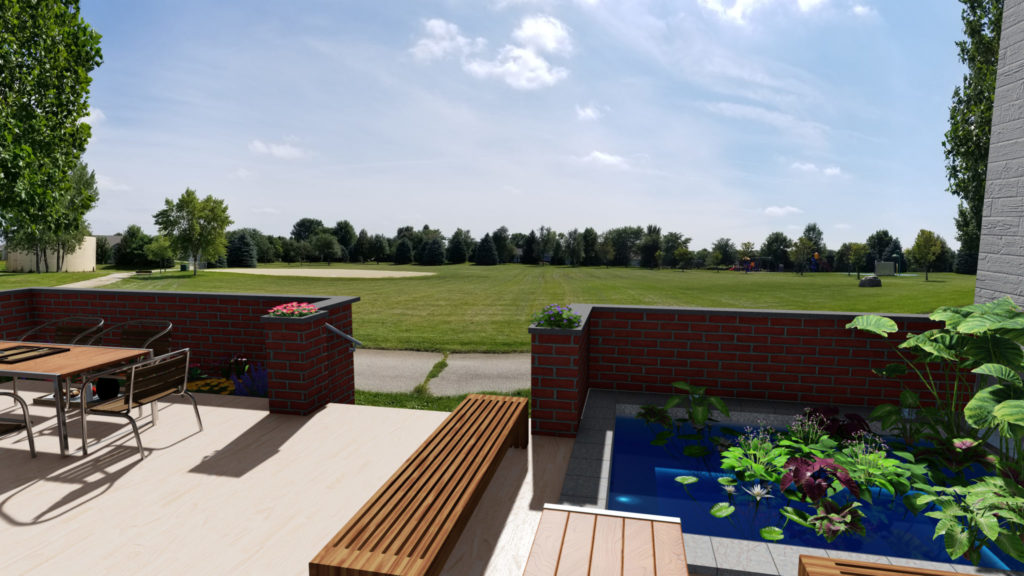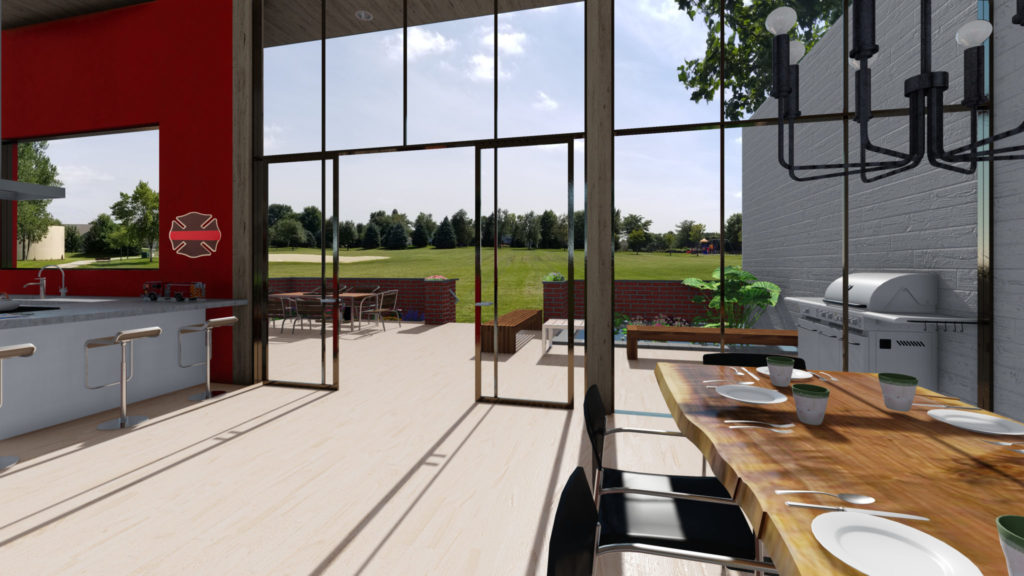Firefighters have a unique set of job requirements, it is impossible to spend a lifetime in the profession without experiencing some level of trauma. Current estimates suggest that 7%-37% of firefighters meet criteria for a diagnosis of Post-Traumatic Stress Disorder (Matthew Tull, 2018). The risk of firefighters developing PTSD is higher than the general population and is comparable to the risk of active-duty military involved in combat (Pao & Tran, 2017). Unfortunately, with that increased risk this population does not often seek therapy services or assistance for helping to manage their symptoms or experiences. Much of this is due to an underlying stigma that firefighters should be brave and courageous (Pao & Tran, 2017). Untreated PTSD affects nearly all aspects of a firefighter’s life. This will ultimately affect their relationships, self-care, parenting, ability to do their job well and effectively which puts those they serve at risk, and position in the community. Untreated PTSD can lead to secondary diagnoses including depression, anxiety disorders, eating disorders, suicide, drug/alcohol use disorders, as well as a myriad of health problems (Pindelski, 2013).
Risk factors for firefighters include repeated exposure to traumatic events, being previously treated for another mental health disorder, being unmarried, beginning firefighter service at a young age, any event that could have resulted in death for the firefighter, being in a supervisory rank, feelings of horror and shock while on a call, experiencing another stressful event around that time (close family/friend death, divorce, financial problems, etc.), holding negative beliefs about oneself (i.e. “I could have saved them if I had ____, I am to blame.”), and feeling out of control over one’s life (Matthew Tull, 2018). Trauma is also collective, meaning that the more traumatic experiences you’ve had throughout your life, the higher risk you have at developing a trauma disorder.
There has been a lot of focus in recent years regarding PTSD in first responders, as well as identifying protective factors to reduce the impact of trauma on these peoples’ lives. In 2013, National Fallen Firefighter’s Foundation (NFFF) introduced a new behavioral health model as one of the 16 Firefighter Life Safety Initiatives (FireFighter Nation, 2013). There has also been research regarding ways to process through events with other firefighters, including the After-Action Review, meant to assist firefighters in reviewing the event and putting it into perspective asking: What was our mission? What went well? What could have gone better? What might we have done differently? Who needs to know? (Pindelski, 2013).
During an interview with Amber Hoff of Sound Mind Therapy she believes that, “There are many screening tests that can be used in departments, as well as resources available to firefighters who are experiencing symptoms due to experiences. Preventative factors need to be identified and put in place by every fire department to ensure the safety of their own, as well as the safety of the community they serve. This can be done by staying up-to-date on mental health training and mental health first aid, reviewing experiences with firefighters, identifying and normalizing symptoms and encourage those who have them to seek help, as well as creating a trauma-informed space for their employees. This can be done through interior and architectural design with soothing and safety in mind. When renovating and creating a new space for firefighters, designers should be focused not only on the utility of the space, but its impact on those who will be using it most. Finding ways to make it a comfortable and soothing space will be yet another protective factor for those who need it most and need to be a focus for those involved in the development of these buildings. Having a trauma informed space is beneficial for firefighters as well as the community that they serve.” (Hoff, 2018).
So what can the architectural profession do when designing facilities such as a fire station? At MGA we are implementing strategies to help with the easing, coping, and prevention of symptoms of PTSD in our first responders through the design of our buildings.
- Higher windows allow natural light deeper into a room. (Pictured below is one of our projects, Waverly Fire Station).

- Shared indoor rooms featuring complimentary outdoor rooms/porch/patio/pergola/etc. can help to lower blood pressure, heart rate, and reduce stress.
- Open kitchen/dining/living room floor plans eliminate interior walls for better natural light distribution and promotes social interaction, camaraderie, and safe environments for After-Action Reviews. (Pictured below Fire Station rendering by MGA.)

- Providing a grill for outdoor cooking and outdoor dining allows team members to enjoy restorative nice weather, a cooling breeze, and views to the community they serve.
- Smaller more private spaces like a small garden or water feature provide reflective spaces for team members to destress, process, collect their thoughts, and focus. (Pictured below Fire Station rendering by MGA.)

- Designing spaces for seclusion and reflection.
- Green roofs when appropriate provides a space for nature when in downtown settings.
- Carrying the same building materials from inside to outside where possible helps to emphasize a direct connection to the outdoors. (Pictured below Fire Station rendering by MGA.)

- Exterior half walls or low vegetated barriers allow property boundaries to be enforced while allowing for connection and unobstructed views.
- The ability to easily view clouds, sun, shadows, and changing weather suggests the passage of time and helps the body maintain its circadian clock that helps to regulate sleep cycles, digestion, hormone release, and eating habits among others.
- Keeping garage/noisier functions separate from sleeping areas help to eliminate unnecessary sleep disturbances.
- When practical, an upper level fitness loft and balcony can provide 360 degree views around the station and into the community that encourages regular use of the fitness room, more reflective space, and crow’s nest views.
- Trees can provide shade and seasonal interest. They also provide auditory stimulation through the rustling of leaves and bird songs.
- Lighting that mimics sunlight and lower natural light helps 3rd shift first responders maintain their circadian rhythms.

- Tunable lighting technologies that gradually awaken emergency personnel during the night to help alleviate shock to the body when an emergency call comes in.
References
FireFighter Nation. (2013, August 08). Dealing with PTSD in the Fire Service. Retrieved from FireFighter Nation: https://www.firefighternation.com/articles/2013/08/dealing-with-ptsd-in-the-fire-service.html
Hoff, A. L. (2018, August 27). Interview with Sound Mind Therapist Regarding PTSD in Firefighters. (J. M. Hoff, Interviewer)
International Association of Firefighters. (2017). Recognizing PTSD In Firefighters: 5 Warning Signs. Retrieved from International Association of Firefighters: https://www.iaffrecoverycenter.com/blog/recognizing-ptsd-fire-fighters-5-warning-signs/
Matthew Tull, P. (2018, April 22). Rates of PTSD in Firefighters. Retrieved from Very Well Mind: https://www.verywellmind.com/rates-of-ptsd-infirefighters-2797428
Pao, C., & Tran, J. (2017, March 28). Firefighters and Trauma: Addressing post-traumatic stress disorder in the fire service. Retrieved from Fire Rescue Magazine: https://www.firerescuemagazine.com/articles/print/volume-12/issue-3/features/firefighters-and-trauma.html
Pindelski, J. (2013, June 18). The Impact of Post Traumatic Stress Disorder on Firefighters. Retrieved
